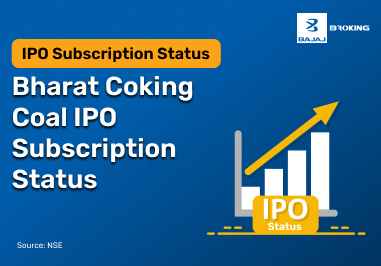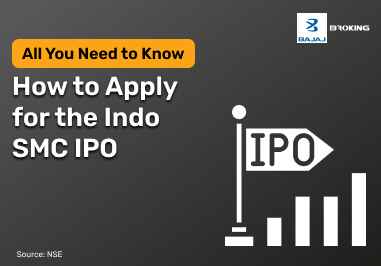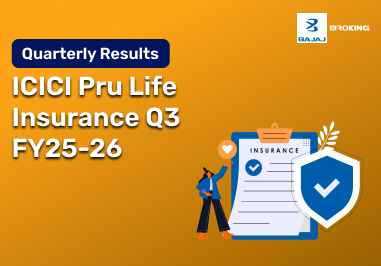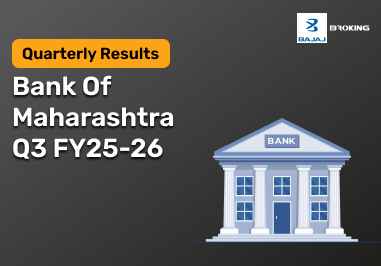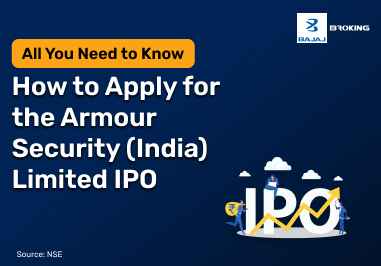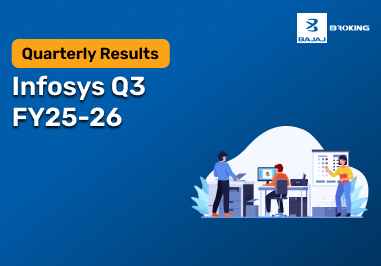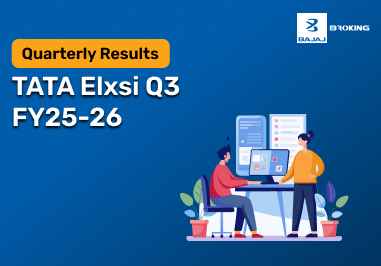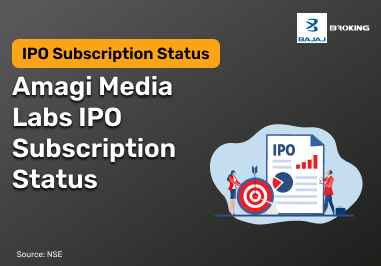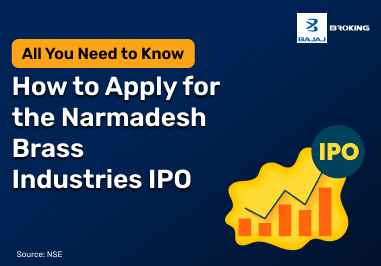Gold Exchange Traded Funds enable you to capitalise on the wealth-creation potential of the metal while eliminating the hassle of having to store physical gold. Want to know how to invest in gold ETFs? Continue reading to find out.
What are Gold Exchange Traded Funds?
Now, before we look at how to invest in gold ETF funds in India, you need to first know what they are. Here’s a brief overview.
An Exchange Traded Fund or ETF is a type of mutual fund that pools money from multiple investors and invests the same in different assets. However, unlike a traditional mutual fund, an ETF is listed on stock exchanges and can be freely traded just like a stock.
A gold ETF, meanwhile, is an exchange-traded fund that invests the pooled money exclusively in gold bullion. The primary objective of a gold ETF is to track the price of physical gold while simultaneously restricting the tracking error as much as possible.
Additional Read: Sovereign Gold Bond
How to Buy Gold ETF in India?
If you’re curious about how to buy gold ETF in India, this section outlines the process in simple steps to help you get started with gold ETF investment effectively.
STEP 1: Open a Demat and Trading Account
Begin by setting up a Demat and online trading account through a reliable stockbroker.
STEP 2: Log In to Your Account
Log in to your broker’s online trading portal using your Login ID and Password.
STEP 3: Select Your Gold ETF
Identify the gold ETF investment that suits your financial objectives. You can either invest a lump sum or opt for systematic investment plans (SIPs).
STEP 4: Place the Order
Submit a purchase order for your selected Gold ETF units.
STEP 5: Confirm the Transaction
After completing the purchase, you will receive a confirmation message via your registered email or phone.
STEP 6: Complete Payment
The system will deduct the payment, including applicable charges, from your linked savings account.
By following these steps, you’ll have a clear understanding of how to buy gold ETF in India and can make informed investment decisions.
Investing in a gold ETF is quite straightforward. All you need to do is follow the steps outlined below.
- Step 1: Open a trading and demat account with a stockbroker. A demat account is mandatory since the units of a gold ETF are held in a dematerialised format.
- Step 2: Once the accounts are opened, use your user credentials to log into your trading account.
- Step 3: Transfer the funds you wish to invest to your trading account.
- Step 4: Look for gold ETFs using the search option of the trading account.
- Step 5: Choose the ETF that you wish to invest in after careful consideration.
- Step 6: Use the order placement function of your trading account to place a buy order for the desired number of units of the gold ETF you wish to purchase.
- Step 7: You will receive a notification once the buy order is executed by the exchange.
Once the order is executed, the gold ETF units you purchased will be credited to your demat account within T+2 days.
Benefits of Investing in Gold ETF Funds
Investing in Gold ETF Funds comes with several advantages over purchasing and storing physical gold. Here are some key benefits:
Simplified Trading: Gold ETFs operate like equity-based funds, making them easier to trade during business hours. Investors can manage their portfolios efficiently through stockbrokers or fund managers. Additionally, stock exchanges provide transparent, real-time gold prices, enabling investors to monitor trends effortlessly.
No Entry and Exit Loads: Gold ETFs do not impose entry or exit loads, reducing additional costs. Only a small brokerage fee, typically between 0.5% to 1% of the transaction value, applies, making these funds more cost-efficient than physical gold investments.
Tax Efficiency: Investors benefit from exemptions on VAT, Securities Transaction Tax, and wealth taxes when investing in Gold ETFs. These funds are only subject to capital gains tax, offering significant tax advantages over physical gold ownership.
Reduced Market Risk: Gold prices are relatively stable, fluctuating minimally even when equity markets are volatile. This makes Gold ETFs a reliable choice for portfolio diversification and risk management.
Gold ETFs are a practical and efficient investment option for those looking to gain exposure to gold without the hassles of physical storage.
Additional Read: Difference Between Gold ETF And Gold Mutual Fund
Things You Should Know Before Investing in Gold Exchange Traded Funds
Now that you’ve seen how to invest in gold ETFs online, let’s look at a few key factors you need to be aware of before investing.
Some Asset Management Companies (AMCs) offer Fund of Funds (FoF), which is a unique way to invest in gold ETFs. Unlike a traditional ETF, gold Fund of Funds pool investors’ money and invest in other gold ETFs instead of gold bullion.
With gold ETFs, you get the freedom to choose the mode of investment. For instance, you can invest a lump sum amount into the fund or opt for a Systematic Investment Plan (SIP). Investing in a gold ETF via the SIP mode is ideal for small investors and may even provide higher returns thanks to the power of compounding and rupee cost averaging.
When you invest in a gold ETF, you’re liable to pay certain charges like the expense ratio. The higher the expense ratio, the lower your returns from the gold ETF are likely to be. Therefore, before you invest in one, make sure to thoroughly check the expense ratio.
- Tracking Errors and Trading Volume
Gold ETFs are subject to tracking errors, which is basically the difference between the return offered by physical gold and the return of the ETF. The lower the tracking error is, the better. The trading volume is another factor you need to consider when investing in a gold ETF. The higher the trading volume, the easier it is to buy and sell units.
The returns from a gold ETF are subject to either short-term or long-term capital gains tax depending on the holding tenure. If you hold the ETF for less than 36 months, the capital gains from your investment are considered to be short-term. In this case, the returns are added to your income and are taxed at the slab rate applicable to you.
However, if you hold the ETF for more than 36 months, the capital gains from your investment are categorised as long-term. In this case, the returns are taxed at a flat rate of 20% with indexation benefits.
Also Read: What is Value Investing?
Conclusion
With this, you must now be aware of how to invest in gold ETFs. Compared to physical gold, gold ETFs offer a plethora of benefits ranging from safety and price transparency to a highly simplified and convenient purchase process. That’s not all. Adding gold ETFs to your investment portfolio helps diversify risk and may even protect your portfolio from losing value significantly during adverse market movements.

